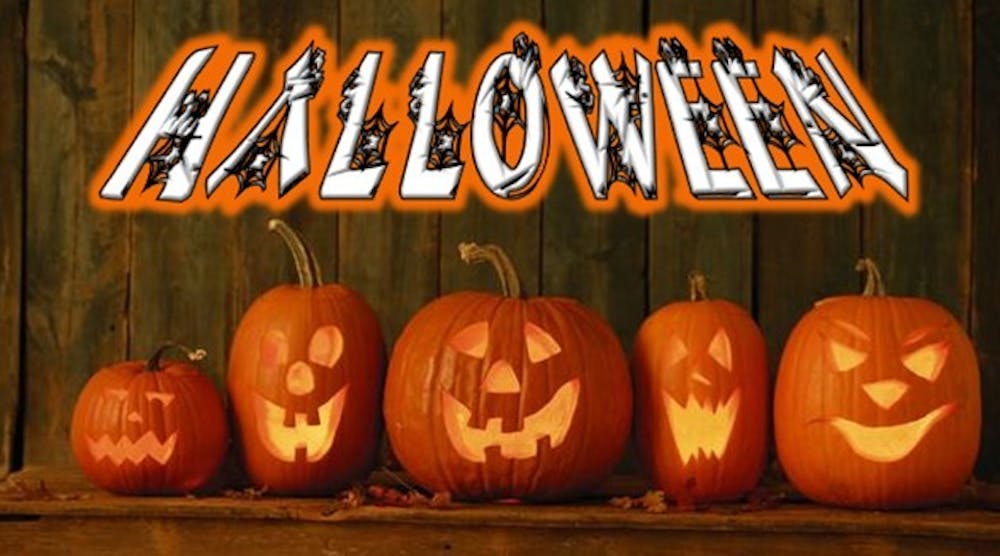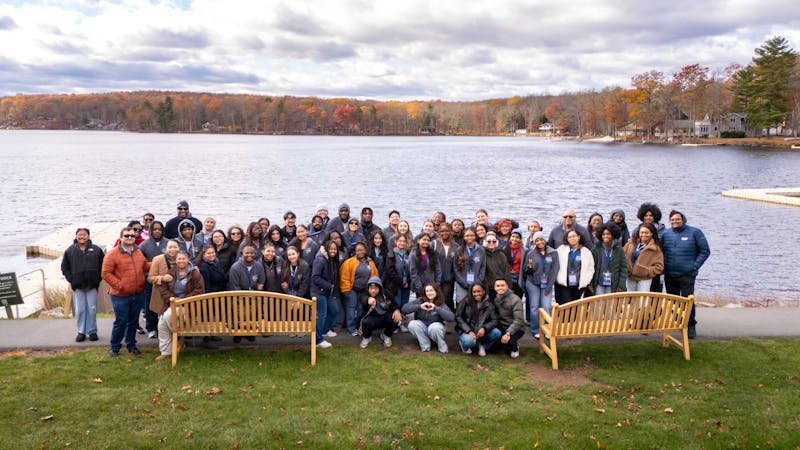Every October 31, most people gather together to dress up and enjoy Halloween festivities. Other people look at Halloween as a sinister holiday. However the holiday is perceived, it’s certainly one of a rich history.The word Halloween is a shorten version of All Hallow’s Evening, also known as Hallowe’en or All Hallow’s Eve. It is now called Halloween because “hallow” means saints and “-een” means evening.
Halloween originated from the ancient Celtic festival known as Samhain. Samhain is a celebration of the end of the harvest season in the Gaelic culture. Samhain was a time used by the ancient pagans to take inventory of supplies that helped them prepare for the Winter. Ancient Gaels believed that on October 31, the boundaries between the worlds of the living and the dead overlapped, and the deceased would come back to life causing diseases and sickness on people.
The Celts believed that the world we lived in was a material and a supernatural world occupied by strange creatures. Some of the creatures elves, and the spirits of the dead. The Celts would also leave out donations of food on their doorsteps, in hopes that it would attract good spirits, or at the very least it would satisfy the bad spirits and ward them away.
Trick-or-treating is one of the activities that mainly children partake in. Children go door to door dressed up in costumes asking for treats with the traditional, “trick-or-treat.” The “trick” part of trick-or-treating has a history all its own. Trick-or-treaters expect that the homeowner will provide them with candy, and if not, a threat to play a trick on the homeowner or his or her property would be given. Trick-or-treating resembles the late medieval practice of souling. Souling is when people would go door-to-door on Hallowmas—November 1—receiving food in return for prayers for the dead on All Souls Day.
Masks and costumes were worn in an attempt to mimic evil spirits, in hope to appease them. It was believed that the practice of wearing costumes and going door-to-door for treats goes back to the late Middle Ages. People dress up in costumes to honor the Celtics. Dressing up in Halloween costumes is a more recent tradition that was created in the twentieth century but the first actual store bought costume was not available until after the 1930s.
In Mexico, Halloween is called Dia De Los Muertos, The Day of the Dead, which has developed into a secular holiday. Some people celebrate by setting up altars in their homes to remember all those that have passed, while others visit graveyards, decorating graves with flowers and skulls made from sugar. To remember The Day of the Dead, throughout the year people will have symbols of skeletons and skulls present throughout their daily routine.
Halloween started out as a celebration to remember those who have since passed on, and it has evolved since coming to America. Halloween today is a day for families to dress up and go door to door wearing Halloween costumes in hopes of receiving candy. More traditional Halloween celebrations include costume parties, visiting haunted houses, and corn mazes.
For more information about upcoming Halloween events on campus, please visit: https://kean.CollegiateLink.net/.





